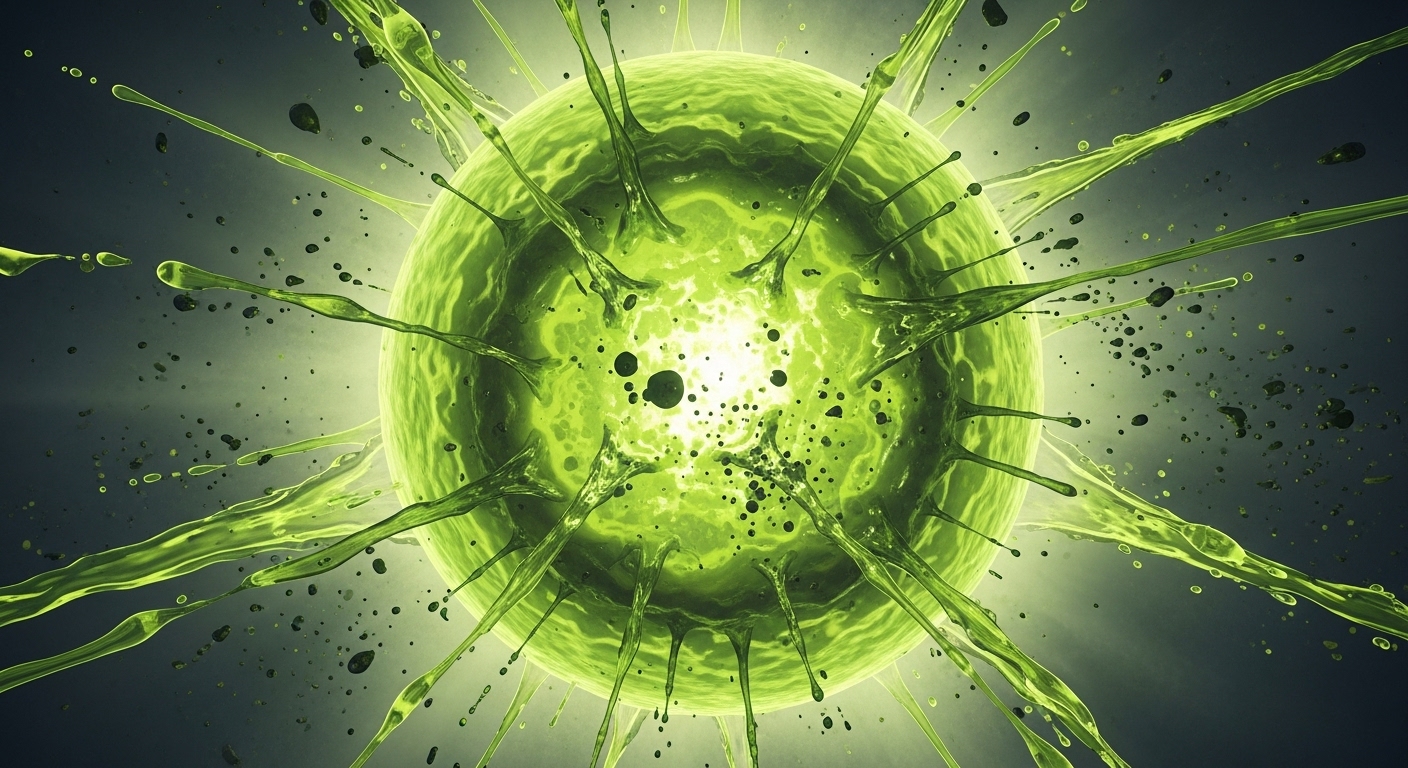Vitriolic Sphere

- Level: 4
- School: Evocation
- Class: Sorcerer, Wizard
- Casting Time: Action
- Range: 150 feet
- Components: V, S, M (a drop of bile)
- Duration: Instantaneous You point at a location within range, and a glowing, 1-foot-diameter ball of acid streaks there and explodes in a 20-foot-radius sphere. Each creature in that area makes a Dexterity saving throw. On a failed save, a creature takes 10d4 Acid damage and another 5d4 Acid damage at the end of its next turn. On a successful save, a creature takes half the initial damage only.
Using a Higher-Level Spell Slot. The initial damage increases by 2d4 for each spell slot level above 4.
Tactical Usage
Delayed Damage Area Effect. Vitriolic Sphere provides immediate area damage with additional delayed damage for failed saves.
High Damage Concentration. The spell delivers substantial acid damage using multiple d4 dice for consistent damage output.
Area Denial Potential. The delayed damage creates psychological pressure for enemies to avoid the affected area.
Spell Combinations
Area Control Enhancement. Combining with movement restriction spells traps enemies in the acid sphere area.
Damage Amplification. Using alongside other area damage spells creates overwhelming offensive combinations.
Positioning Setup. Pairing with forced movement magic enables optimal targeting of clustered enemies.
Material Component Details
Bile Component Symbolism. The drop of bile represents corrosive digestive acid and biological dissolution processes.
Corrosive Magic Focus. The bile serves as material connection to acid magic and chemical destruction.
Readily Available Component. The component can be obtained from various creatures, making the spell consistently accessible.
Creator Notes
Acid Damage Specialization. Vitriolic Sphere provides excellent acid damage option for characters specializing in elemental magic.
Delayed Damage Mechanics. The secondary damage creates interesting tactical decisions about positioning and movement.
Scaling Efficiency. The 2d4 scaling per level provides consistent damage improvement for higher-level casting.
Environmental Interactions
20-Foot Radius Impact. The sphere affects a substantial area, capable of hitting multiple enemies in formation.
Acid Environmental Effects. The spell may damage objects and structures in addition to creatures.
150-Foot Range Advantage. The substantial casting range enables safe positioning while delivering area damage.
Common Rulings & Clarifications
Delayed Damage Timing. The secondary 5d4 acid damage occurs at the end of the target's next turn.
Save Effect Differences. Successful saves halve only the initial damage and completely negate the delayed damage.
Area Selection. The caster chooses any point within range as the center of the 20-foot radius sphere.
Damage Type Consistency. Both initial and delayed damage are acid type, affecting acid-resistant creatures equally.
Alternative Applications
Structural Damage. Using acid damage to corrode barriers, locks, or other objects requiring dissolution.
Area Clearing. Forcing enemies to evacuate positions through threat of ongoing acid damage.
Environmental Hazard Creation. Establishing temporary dangerous areas that enemies must avoid or navigate carefully.
Related Spells
Acid Damage Comparison. Various spells provide acid damage, while Vitriolic Sphere offers unique delayed damage mechanics.
Area Damage Alternatives. Different 4th-level spells create area effects, while this spell specializes in acid-based destruction.
Evocation Area Magic. The spell represents mid-level evocation magic focused on elemental area damage.
Scaling Analysis
Linear Damage Scaling. The spell gains 2d4 initial damage per spell level above 4th.
Delayed Damage Consistency. The secondary damage remains fixed at 5d4 regardless of spell level.
Mid-Level Value. The spell provides excellent damage for 4th-level slots while scaling effectively.
Narrative Flavor
Corrosive Sphere Manifestation. The spell should appear as a glowing ball of acid that explodes into corrosive spray.
Chemical Destruction Emphasis. The effect should emphasize acidic dissolution rather than simple burning or melting.
Persistent Acid Effects. The delayed damage should be described as ongoing chemical burns and corrosive tissue damage.